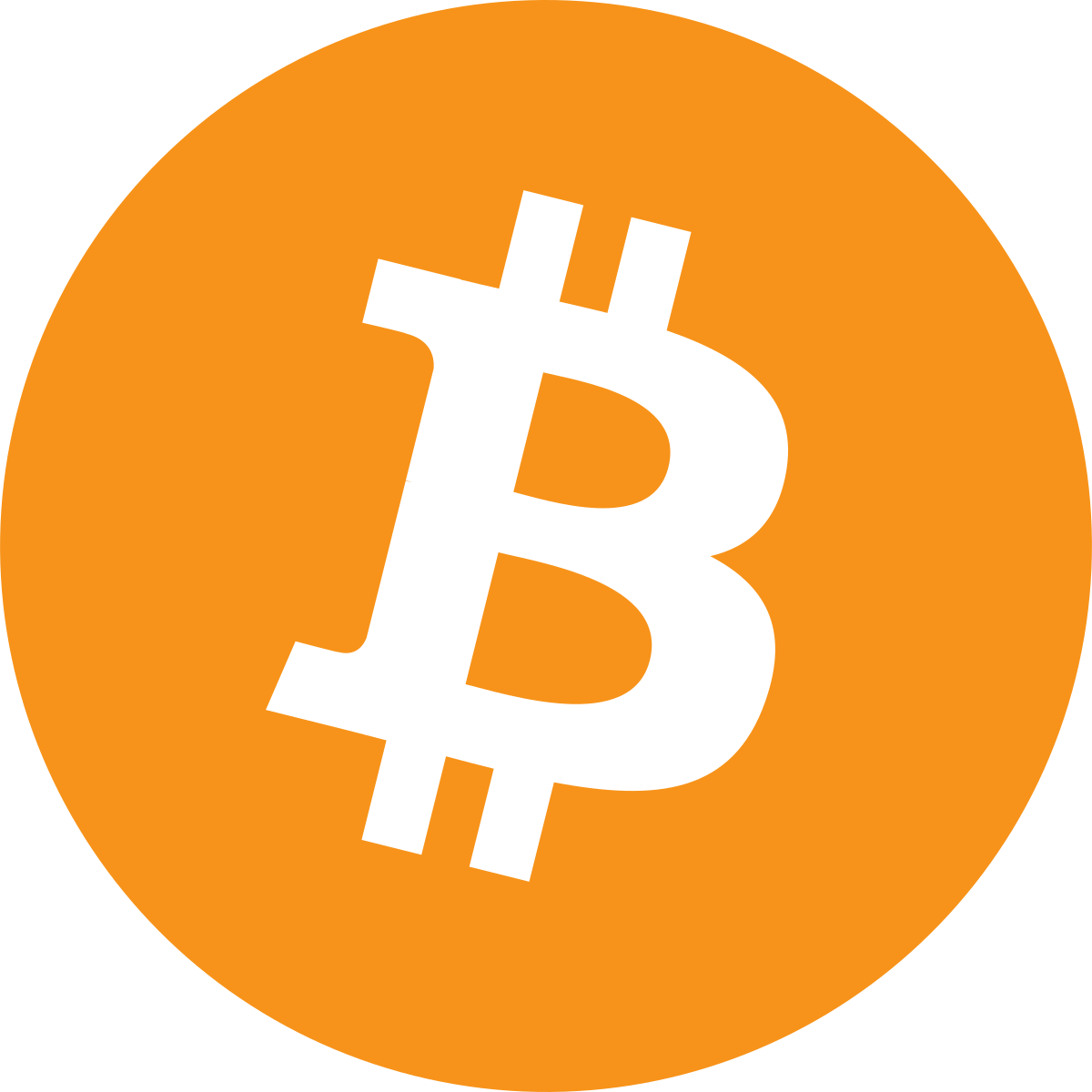Bitcoins are a digital currency that only exist electronically. Unlike physical currencies like dollars and euros, bitcoins don’t have a physical form that can be held in your hand. But that doesn’t mean there aren’t visual representations of bitcoins used in different contexts. Here’s an overview of the different ways bitcoins are visually depicted.
Physical Bitcoins
While bitcoins themselves are intangible, there are physical coins and bills made to represent bitcoins. These physical bitcoins are collected items and can’t be used like normal currency.

Collector’s Coins
There are commemorative bitcoin coins made from materials like gold, silver, copper and brass. They often have unique designs and come in special packaging. Some popular designs include:
- The distinctive “B” logo with the letters BTC
- The bitcoin symbol ₿
- Stylized depictions of Satoshi Nakamoto, the pseudonymous creator of bitcoin
- The bitcoin code or blockchain patterns
- Engravings of the bitcoin price at the time the coin was minted
These collectible crypto coins don’t have any actual bitcoin value attached to them. But they are a cool way for bitcoin enthusiasts to own a physical representation of the digital currency.
Paper Wallets
A bitcoin paper wallet has two QR codes – one contains the public address to deposit bitcoins, and the other is the private key to access the funds. Paper wallets are commonly given as gifts and sold as novelties.
The QR codes are alongside a visible bitcoin address and the printed security seal helps check if the private key QR has been compromised. Paper wallets cannot be reused once imported since the private key is exposed.
Digital Representations
Since bitcoin is inherently digital, most representations of bitcoin are also digital. Here are some of the most common ways bitcoins are depicted digitally:
Digital Coins
There are many abstract symbols of golden or silver coins with bitcoin logos used online. These cartoonish coin graphics are used on websites and apps to signify bitcoin as a currency. The coins sometimes have stylized engravings of logos, bitcoin price, Satoshi’s face or other unique designs.

A typical digital bitcoin coin icon.
Generic Currency Symbols
₿ is the official unicode symbol for bitcoin adopted in 2020. The capital letter B with two vertical lines through it is a clever representation of the existing currency symbol ₿.
Before the official symbol, alternative symbols like ฿ and Ƀ were also used to denote bitcoin. These symbols are still commonly seen, especially the Thai Baht symbol ฿ which resembles the bitcoin logo.
Logo and Branding
The bitcoin logo is by far the most iconic and recognizable symbol. The capital letter B with two vertical lines mimicking a stylized coin with Bitcoin inscribed is used extensively.

The classic bitcoin logo designed by Satoshi Nakamoto.
This logo can be seen on cryptocurrency exchanges, bitcoin informational sites, products, and apps related to bitcoin. The orange color is part of bitcoin’s branding.
Addresses
Bitcoin addresses are long strings of letters and numbers. Here’s an example:
1A1zP1eP5QGefi2DMPTfTL5SLmv7DivfNaThese addresses identify the destination for a bitcoin transaction. Bitcoin addresses can technically be used multiple times, but it’s considered best practice to use a unique address for each transaction.
QR Codes
QR codes make sharing bitcoin addresses and keys more convenient by encoding the data into a scannable image. The QR code can be scanned to quickly add or access a particular bitcoin address.

A QR code containing a bitcoin address.
QR codes are commonly used on paper wallets and at merchant checkouts. They can also be added alongside a bitcoin address in digital transactions.
Keys
Bitcoin keys come in pairs – a public key and a private key. The keys are long strings of letters and numbers linked through cryptography.
Public key – Like a bitcoin address, it identifies the destination for payments.
Private key – Allows you to access, spend and control the bitcoins at that address.
Private keys in particular have to be kept secret, so they aren’t directly depicted in visuals. But public keys and addresses which are shareable are sometimes represented visually.
Artistic Representations
There are endless creative depictions of bitcoin in artworks by bitcoin enthusiasts. Here are some common themes and symbols found in bitcoin art:
Physical Coins
Gold or silver colored bitcoins engraved with logos are a popular choice to convey the preciousness and monetary value. Physical representations match the mental model of money being coins and bills that can be possessed.

Physical metallic coin styled bitcoin art.
Crypto Punks
These are 10,000 collectible characters generated algorithmically with different attributes. CryptoPunks were one of the first NFTs on the Ethereum blockchain and have become very valuable.

A CryptoPunk example.
Abstract Art
There are abstract paintings, digital art and gif art containing matrix code, blockchain patterns and other cyber visualizations. These artworks tap into the perception of bitcoin being digital, decentralized and part of the future of money.

Abstract artistic bitcoin gif.
Space Art
Bitcoin is envisioned as money without borders that transcends national currencies – hence visual themes of bitcoin in space, moon, rockets etc. This matches the “to the moon” phrase associated with bitcoin gains.

Bitcoin space art with moon and rockets.
These are some common ways bitcoin is visually depicted. While bitcoin itself is intangible, there are myriad physical and digital representations of bitcoin in different contexts. Bitcoin’s changing value, prominence and perception in society will likely influence how it continues to be represented visually.
Frequently Asked Questions
What gives bitcoins their value if they are not physical?
Bitcoins have value due to the underlying blockchain technology which ensures their scarcity and security. The decentralized peer-to-peer network verifies and records every transaction in a tamper-proof public ledger. This creates trust in the system and gives bitcoins their value.
Can bitcoins be hacked or forged like physical money?
It is technically very difficult to fake or double spend bitcoins. The cryptographic protocols guard against counterfeiting. As long as the majority of computing power is controlled by nodes that verify transactions honestly, the blockchain remains secure.
Are bitcoins limited in supply like physical money?
Yes, bitcoins are limited in supply to 21 million coins. This controlled supply and declining rate of bitcoin creation ensures they cannot be devalued by inflation like fiat currencies. The cryptographic algorithms that generate new bitcoins mimic the extraction of limited physical resources like gold.
Can lost or damaged physical bitcoins be replaced?
No, physical collectible versions of bitcoins have no real bitcoin value. If they are lost or damaged, they cannot be replaced or exchanged for actual bitcoins. The physical coins simply represent the digital currency visually. Only real bitcoins on the blockchain have valeur and can be sent or received.
How are complex bitcoin transactions depicted visually?
Most visuals only depict simple one way transactions for easy understanding. But the blockchain stores data about complex transactions with multiple inputs and outputs. These are difficult to represent visually. Specialized blockchain visualizers are needed to see the web of complex interactions that form the blockchain.
